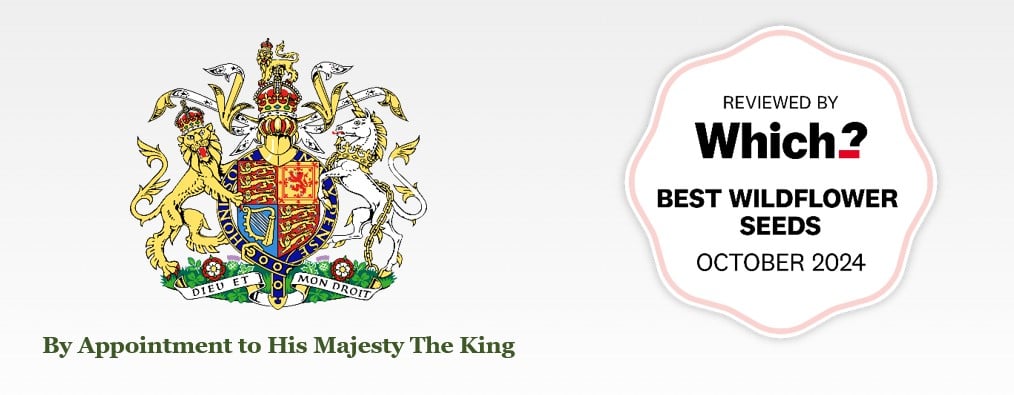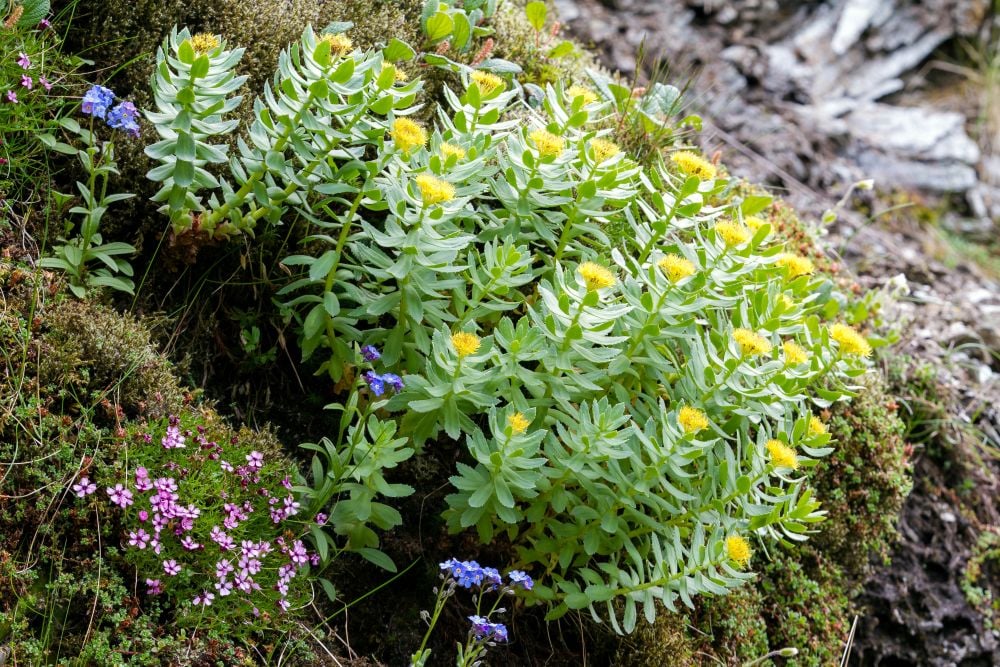Description
Roseroot is a clump-forming, rhizomatous perennial native to the mountainous regions and western sea cliffs of Britain. Distinguished by its fleshy, lance-shaped green-grey leaves, striking purple stems, and vibrant clusters of orange-yellow flowers, it stands out unmistakably among native flora.
Habitat
In northwestern Britain and Ireland, roseroot occasionally appears on sea cliffs, but it is more commonly found in upland environments. It thrives in rocky crevices and on moist yet well-drained cliff ledges, typically at elevations above 300 metres. The specimen featured was photographed at around 1100m on Ben Lawers, though it has been recorded as high as 1200m on Ben Nevis. It prefers base-rich rock substrates and is most frequently encountered in these geologically favourable zones.
Roseroot’s roots have historically been harvested for their fragrant properties and used in perfume. The plant also boasts a long-standing reputation in traditional medicine, believed to combat colds, boost endurance, and soothe skin ailments. However, contemporary clinical trials have found minimal scientific support for these claims. Despite this, its popularity remains high, and in certain regions, overharvesting now threatens its wild populations.
Cultivation
Despite its origins in cool and damp habitats, roseroot adapts well to cultivation in garden rockeries or walls. It prefers moderately fertile, well-drained soil in full sun and, once established, is reasonably drought-tolerant.
Growing roseroot from seed poses a challenge, as its minute seeds require winter chilling to break dormancy. For best results, sow seeds in containers placed in a cold frame, allowing exposure to winter temperatures. Transplant seedlings when they reach a suitable size. Established plants are easy to propagate by division in subsequent years.


